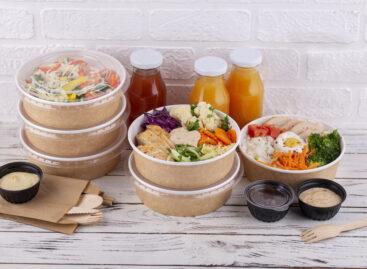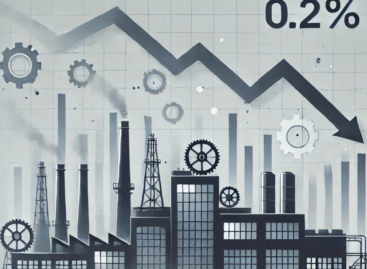Euromonitor International’s global consumer trends 2022 report: Going forward at full throttle – what’s next, consumers?
In the last two years the only constant thing on our lives was change. Euromonitor International has identified 10 global consumer trends for 2022.

1. Backup planners: as there are still problems in the supply chain, backup planners are looking for new ways to purchase their favourite items. Supply chain shortages are forcing businesses to provide new solutions for customers. Companies and distributors need to invest in the latest technology to stay successful.
2. Climate changers: green activism and low-carbon lifestyles are here to stay. Consumers expect brands to fight against climate change, while they are taking action through the products they purchase. To win over climate changers, companies need to commit to reducing their carbon footprint and adapt their products to the new expectations.
3. Digital seniors: the pandemic made older shoppers start to use the online channel. Now that they are familiar and comfortable with technology, digital seniors are empowered to make purchases and use services through this channel. Businesses that wish to satisfy this need should develop easy-to-use devices and simplify existing technologies.
4. Financial aficionados: people are gaining confidence in investing and are saving up to strengthen their financial security. Financial aficionados take control of their money and use services to track their transactions. Retailers and brands should collaborate with financial service providers to facilitate alternate forms of payment.
5. The great life refresh: the pandemic made consumers implement great personal changes and rethink their values, lifestyles and goals. Businesses have an opportunity to innovate goods, services and experiences that respond to this once-in-a-lifetime moment, together with marketing that acknowledges and embraces the new trend.
6. The metaverse movement: the digital world is rapidly going towards a 3D reality, and consumers are embracing these digital spaces to socialise with communities. Brands have already started investing in the metaverse movement. This year there will be opportunities for companies to drive e-commerce and virtual product sales as access expands.
7. Pursuit of preloved: thrifting is trending. Businesses need to do more with less. Investing in circular economy initiatives, such as recycling, rental or resale programmes, will drive value, at the same time positively impacting the environment. Sustainability and individuality are driving the Renaissance of used items.
8. Rural urbanites: last year consumers were searching for an outdoor oasis, relocating to rural areas temporarily for a greener scenery. Now this move is becoming permanent. City dwellers also want these benefits brought into their lives. Companies have to strengthen e-commerce distribution and expand sustainable product lines.
9. Self-love seekers: acceptance, self-care and inclusion are in the centre of consumer lifestyles today. Self-love seekers give priority to their own happiness, feeling comfortable in their own skin and indulging in goods and services that elevate their sense of self. Businesses need to understand the priorities of these consumers to inform innovation.
10. The socialisation paradox: certain consumes are eager, while others are hesitant to resume their normal, pre-pandemic activities – this is what creates the socialisation paradox. Companies have to be aware of fluctuating comfort levels. Using a blended approach to cater to the new norms of consumers is crucial. //
Related news
4 in 10 shoppers say high costs prevent eco-friendly purchases
Only 15% are willing to pay extra for eco-friendly food…
Read more >Curly hair, skin care, and sun protection lead 2024 beauty trends
There is an increasing demand for products tailored to curly,…
Read more >Probiotics, botanicals to drive APAC’s health and wellness packaged food in 2024
They were dubbed as rising super ingredients. Probiotics and botanicals…
Read more >Related news
Recognition of Consumer Protection Excellence: Honoring the Best of 2024
This year’s outstanding consumer protection officers and special award recipients…
Read more >The Joy of Giving! – SPAR stores collect non-perishable food for people in need
The Hungarian Maltese Charity Service and SPAR Hungary have launched…
Read more >KSH: industrial production decreased by 0.2 percent in October
In October, the volume of industrial production fell by 0.2…
Read more >








